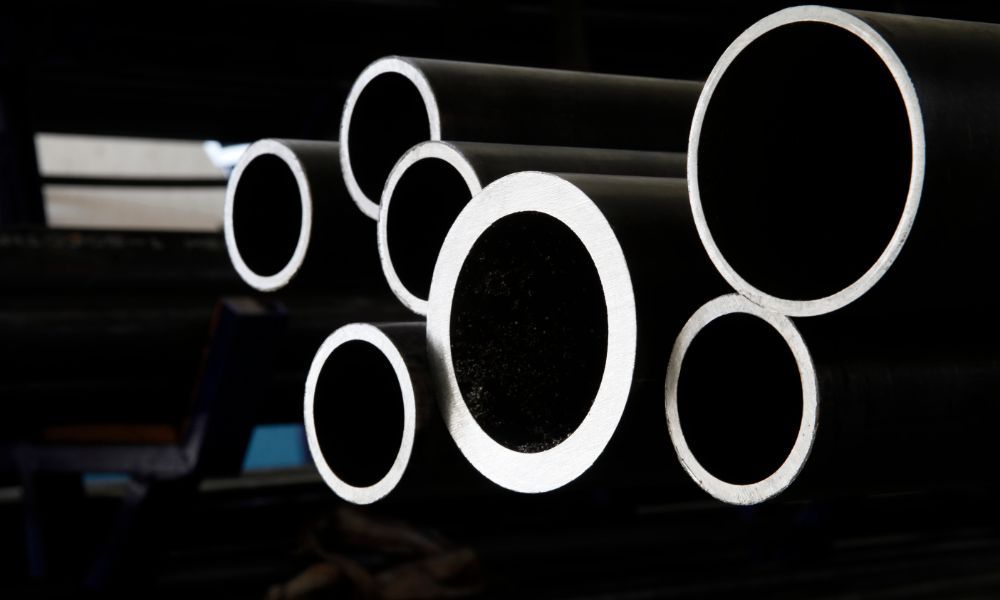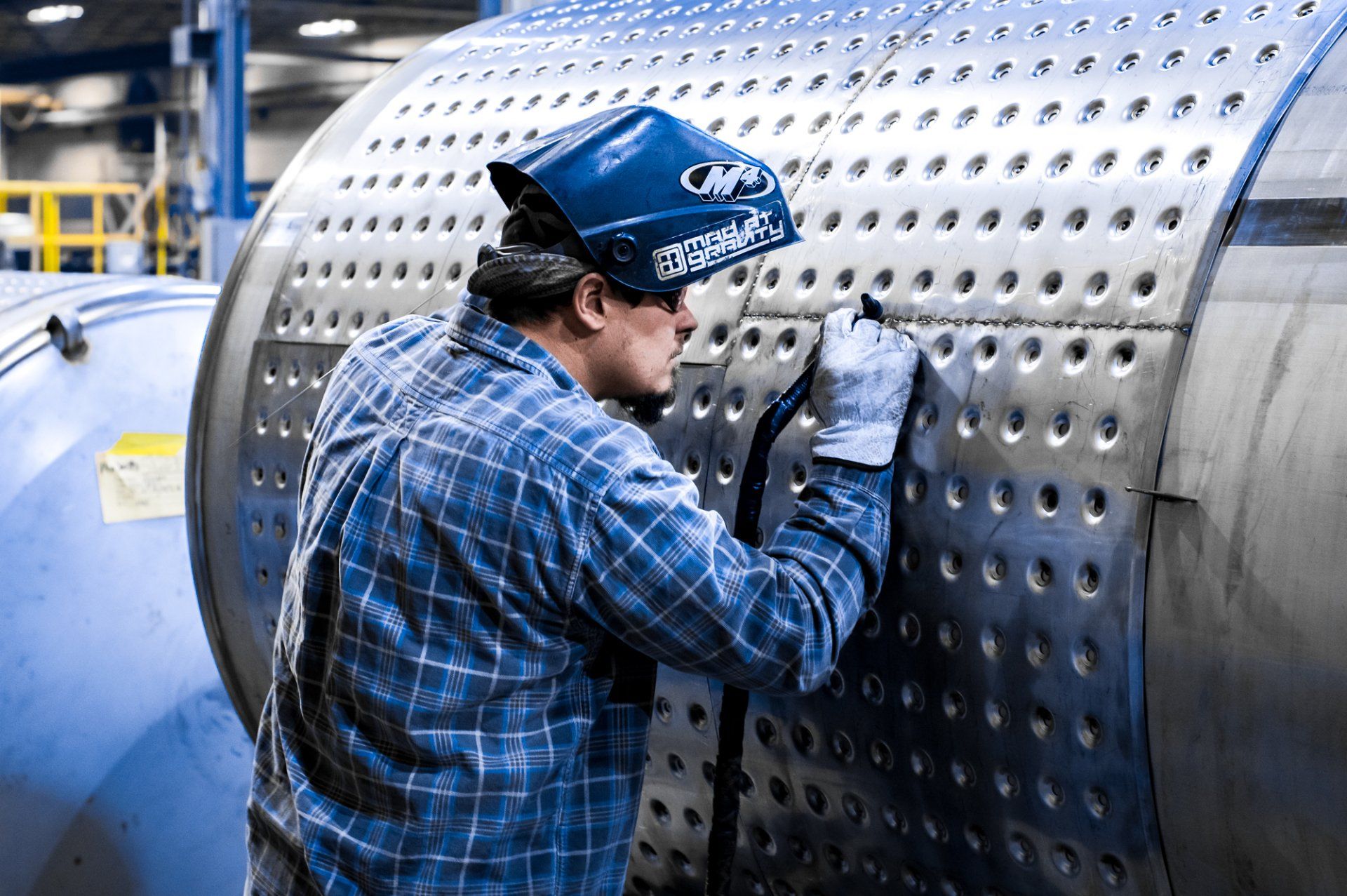Steel Pipes vs. Tubes: What’s the Difference?

Stainless steel continues to be an integral material in the manufacturing industry due to its durability, high resistance to corrosion, and pleasing aesthetic properties. However, clarity on the distinctions between pipes and tubes is crucial when choosing the right form of stainless steel for different applications.
Understanding the functional and structural disparities of steel pipes and tubes can significantly impact the efficiency and outcome of products. Let’s explore the core differences between steel pipes and tubes so you can choose the best product for your next project.
Size and Shape
Stainless steel pipes are typically round and measured by their outside diameter. They’re also relatively rigid and have uniform surfaces inside and outside, with fittings available that can accommodate the thickness. In contrast, stainless steel tubes can be rectangular, square, or any other custom shape as per the requirement of the application. The thickness of the walls and the inner diameter determine a tube’s size. Tubes are versatile and ideal for a wider range of structural applications.
Manufacturing Tolerances
Pipes hold up under intense pressure and have various uses, like conveying fluids or gas. Therefore, pipe production requires closer tolerances, both in terms of dimension and wall thickness, to ensure they can withstand their intended operating pressures. Tubes, on the other hand, have less stringent tolerances, making them suitable for applications where precision in wall thickness is not as critical, such as architectural and structural uses.
End Use Applications
Understanding the distinct features of pipes and tubes can help in selecting the right one for a particular application. The pharmaceutical, chemical, and oil industries use stainless steel pipes for consistent pressure handling. Conversely, tubes are more adaptable to architectural and structural applications due to their variance in shape and size. They’re also common in the food industry for conveying materials with a homogeneous blend.
Cost and Availability
The cost and availability of stainless steel pipes and tubes depend on various factors, including size, shape, and required certification. Generally, tubes may be more expensive than pipes due to the additional fabrication involved to meet tolerances or create custom shapes. On the other hand, standard pipes are more available, making them easier to source.
While both stainless steel pipes and tubes share a few similarities, they offer unique characteristics suited for different applications. By understanding the differences between steel pipes and tubes, manufacturers can choose the right form of stainless steel to enhance the quality and functions of their products.
Looking for polished stainless steel tubes for your project or application? At CMPI, we accurately polish tubes in various shapes, including rectangular, round, and square. We can also provide a fully custom fabrication with our signature polish. Contact us today to learn more!





